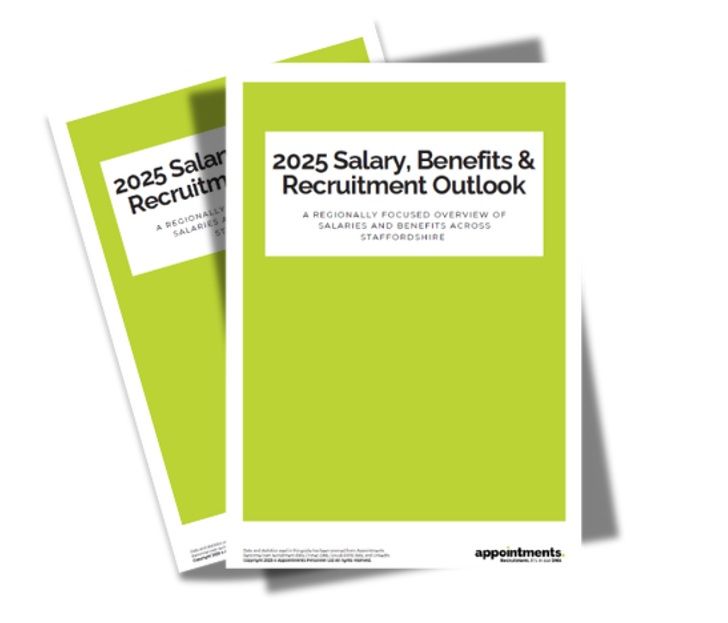
Share Article
The importance of staff retention
Whilst the recruitment market is so competitive, companies are increasingly focusing on employee retention.
Do your employees love working for you? If not you need to invest in engaging and rewarding your current employees as the labour market continues to be tight with companies competing for top talent. Following the impact of the pandemic and Brexit companies are struggling to fill their jobs with the right talent. Although your employees may be increasingly tempted to look elsewhere to improve their salaries to meet the demands of rising household costs, the truth is they’ll be less likely to take the plunge if they are happy in their current role.
So how can you keep your employees engaged and happy in their work. It’s an issue that many employers face as the war for talent continues to be fierce. Firstly, let’s explore the key reasons for employees leaving their roles.
Key reasons for employee attrition
Employees resign for all types of reasons. Maybe that they have found a more attractive job elsewhere or they have the opportunity for a lifestyle change, in which case it might be out of your hands to retain these employees. However, many people leave their jobs because they are dissatisfied with their current situation. Others may not be happy with the responsibility or clarity of their role. They may be feeling undervalued or unhappy with communication and leadership styles.
Companies are under great pressure to deliver with fewer resources than they have had in the past. When the balance of workload, resources, and timelines are out of synch, this adds to stress levels and absenteeism as employees’ work/life balance suffers. Overall, this has a downwards spiral effect on organisational performance.
Issues resulting from turnover
The issues of turnover can be diverse, for example, teams can be disrupted when a trusted or highly skilled team member leaves. The burden of that vacancy often lands upon the rest of the team, bringing in an indirect cost and possibly overburdening of the existing team and a drop in morale if replacing team members proves difficult.
There are direct costs in recruitment a replacement, induction, onboarding and training as it takes time to fully perform in role.
What you can do!
- Explore employee satisfaction through cultural and engagement surveys. Employees representing four generations have greater expectations and place a greater demand on talent management strategies and practices including the need for challenging work, advancement, being valued, financial rewards, work life balance, less loyalty to one organisation.
- Formal and informal feedback exchange is critical to the retention of an employee. Sharing information openly, making decisions collaboratively, and sharing risks and rewards collectively, can only result when team roles are clearly defined, and clear value is agreed. Feedback is two-way, and as a leader you’ll be looking for opinions, suggestions, ideas and evaluative feedback, as well as providing guidance, advice and positive feedback and reward in return. Carrying out employee reviews and providing positive feedback and encouragement will keep employees engaged and help them focus on their future prospects within the business rather than looking elsewhere. Download our Performance Review toolkit to find out more.
- Explaining what value is to be delivered is better than explaining the key accountabilities – just the doing. Value is measurable and is linked to output. All roles need to understand value and how value can be created. Spend time explaining this at an individual level to harness the best out of your employee and keep motivation high.
Your role, as a leader is to plan, anticipate peaks and troughs and manage resources to deliver, even pitching in yourself if needs be, but be fair to both you and your employees. Obtain extra resources, revise duties, or outsource strategically if you need to. Keep the goodwill account topped up if you want to retain your employees.
If you can make your workplace attractive, inclusive and supportive and keep your team engaged, and their work rewarding and interesting, then you are more likely to retain their all too important knowledge and expertise.
Contact our team of experts to find out how we can help you.










